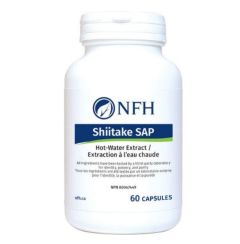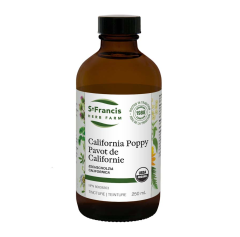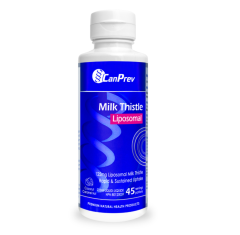CRICKET POWER
When it comes to the health and well-being of our pets, there are three critical dietary factors necessary for life, Essential Fatty Acids, Prebiotics, and Essential Amino Acids. These are only available through diet since the body cannot produce them; add our Cricket products to obtain these essential nutrients, which may be missing from your pet's everyday diet.
Essential Fatty Acids
EFAs are required for the proper structure and function of every cell in the body, and are important for optimal health. EFAs increase the absorption of vitamins and minerals; nourish the skin, hair and nails; promote proper nerve functioning; help produce hormones; ensure normal growth and development; and prevent and treat disease.
Prebiotic
A type of fiber that the body cannot digest. They serve as a food for probiotics, tiny living microorganisms, including bacteria and yeast. They promote the increase of friendly bacteria in the gut, help to maintain a healthy digestive system and can boost your pets immune system. Prebiotic foods have also been known to support a healthy metabolism and maintain overall good health.
Essential Amino Acids
There are 9 essential a pets body cannot produce. These must be obtained by an external source, through food or supplementation.
Leucine
Lysine
Threonine
Tryptophan
Valine
Histidine
Isoleucine
Methionine
Phenylalanine
Healthy
Insects are healthy, nutritious alternatives to mainstream staples such as chicken, pork, beef and even fish (from ocean catch).
Are rich in protein, good fats, and prebiotics and high in iron and zinc.
They provide more fiber than broccoli, more Omega 3s than Salmon and they even have more iron than spinach.
Environmental
Crickets promoted as food emit considerably fewer greenhouse gases (GHGs)than most livestock
Because they are cold-blooded, Crickets are very efficient at converting feed into protein (crickets need 12 times less feed than cattle, four times less feed than sheep, and half as much feed as pigs and broiler chickens to produce the same amount of protein).
Content
Content






